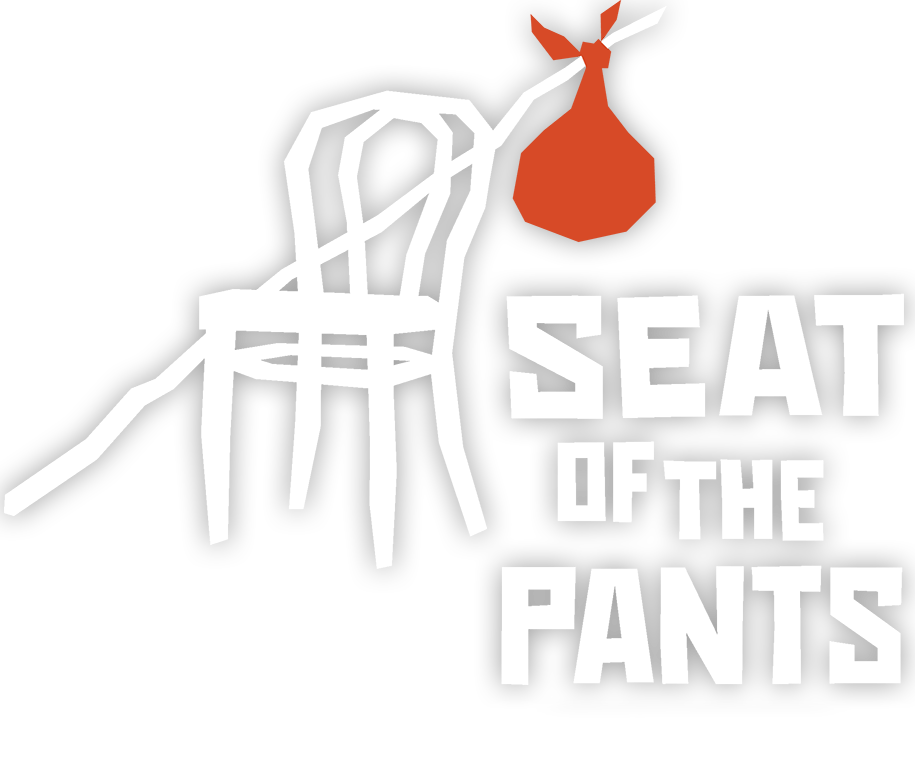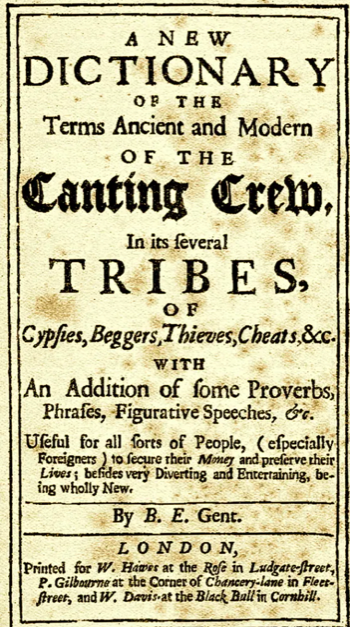One of my favorite directors, Ann Bogart, wrote: “What you do in rehearsal is visible in the product. The chief ingredient in rehearsal is real, personal interest. And interest is one of the few components in theatre that has absolutely nothing to do with artifice. You cannot fake interest. It must be genuine. Interest is your engine and it determines the lengths to which you will travel in the heat of engagement.”
My personal interest in this project propels me, eagerly, to rehearsal every other week. It also makes me hungry for knowledge. When I’m not at rehearsal, I spend a lot of time in my imagination and brain. I’m curious. I love to explore. I love to dig. Here are some of my favorite “rabbit hole” discoveries so far…
There's a difference between reading the show to yourself quietly on the couch at home and hearing a group of talented actors bring emotion into characters. There lies the biggest thing that brings scenery and a show to life: emotion. When we read to ourselves - whether the news, a text message, or an email - we bring our own private emotional interpretation to the table. Theatre allows us to fine-tune this interpretation by bringing others into the discussion.
Read MoreOne of the distinctives of the OUR COUNTRY’S GOOD project is that designers have been part of the process from the very beginning, sitting in on our rehearsals monthly to see how what the actors are discovering informs their design work. One of the activities in which they’ve participated is a close, slow read of the script over several sessions, with everyone on the team providing INTERROGATIONS (questions we have about the text or characters) and OBSERVATIONS (things we find of interest that we want to note). This very slow, open dialogue is allowing the designers to iterate their work, based on new discoveries being made in the hall.
Read MoreHow does the actor’s voice connect with their body when working on a character that requires a way of speaking that is different from the actor?
Professionally, I identify as an actor and an educator. When I’m not performing, I teach Voice and Speech at several actor training programs and universities in New York City. I have spent the past few years training in both the Michael Chekhov Technique through the Great Lakes Michael Chekhov Consortium, as well as working towards my designation in Kristin Linklater’s voice work. Kristin Linklater’s work aims to free the actors' voice from unnecessary habitual tension in order to open up the full range of human expressivity. The work is psycho-physical, exploring the social, cultural, physical, emotional, and psychological experiences that shape the way we speak. Similarly, the Chekhov work is also psycho-physical, connecting the actor’s psyche with their body. They are a brilliant pair.
In 1999 I took my first yoga class and acted in my first play. I was 15 and initially didn’t feel very at home in my body or on the stage, but something was ignited. Ever since, both performing and practicing yoga have become parallel passions in my life. Each discipline offered me space to explore expression in my physical body, emotional world, and imagination. As a kid who used to use a step stool to ‘climb’ trees and begged her mom to make phone calls for her due to intense shyness, this was no small thing.
Read MoreI was first exposed to the Michael Chekhov technique in college. I was a theatre major, but Chekhov was not a primary influence on my professors and, therefore, was not a primary influence on me. In one class, we spent maybe a week or two on it - an inauspicious start to be sure.
It wasn’t until about thirteen years later that Michael Chekhov would truly enter my life. I was working on a production of Mothers & Sons at Beck Center with Cathy Albers. Cathy, one of the Founding Artistic Directors of the Great Lakes Michael Chekhov Consortium (GLMCC), became a friend and, after I mentioned to her that I was becoming bored with acting, suggested I work with a private coach to learn more about the technique. That decision changed my artistic life.
I've been acting in plays and working in the world of theatre for as long as I can remember. I actually taught myself to read on my first play script as I was trying to memorize lines. Through all the years of training, and trying to implement that training into actual paying work, I always thought that the rule of thumb was the same basic strategy as the board game of Monopoly, always say yes. If you are lucky enough to land on a property, you snatch it up. If you are lucky enough to be offered an opportunity to act or work in the theatre, you snatch it up and say yes. Opportunity begets opportunity, right? Yes, and it comes with a cost.
Read MoreHow do you play a character who comes across as a monster on the page? How do you ensure that this character is human and not some kind of caricature? Can we understand why this monster does what he does? How exactly did this person come to be the person that they are?
Read MoreWhat the heck is this Our Country’s Good project all about?
Well, the pandemic afforded everyone some time to reflect and - in the season of contemplation - one of my creative dreams rose to the forefront. A hallmark of Seat of the Pants’ work is that we engage in longer rehearsal processes, allowing actors and designers to live with a play for a bit more than is traditional, in the hopes of telling a more authentic, lived-in, fully realized tale. I wondered: “What if - instead of planning and executing a traditional four show season - we picked one play and worked on it for a whole year, having an opportunity to experiment, play, learn new technique as we go along, and more fully integrate designers into the rehearsal process?” My intriguing proposal seemed to resonate with several artists who were thinking about doing theatre in a new way - and so the Our Country’s Good project was born.










